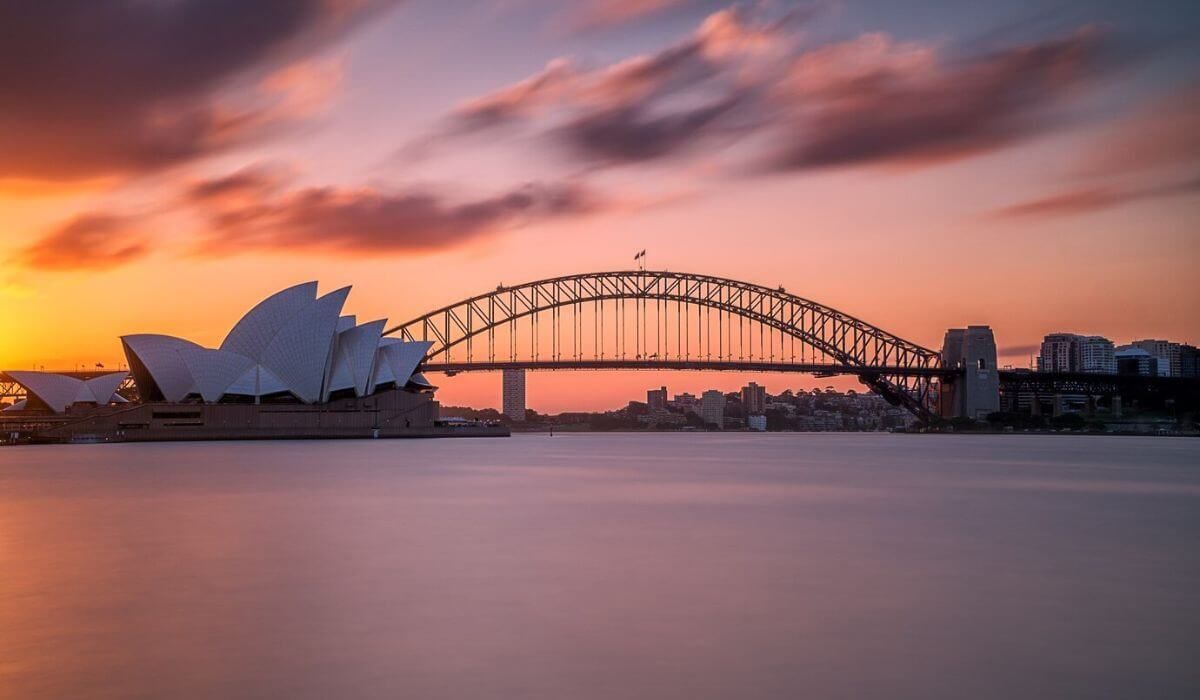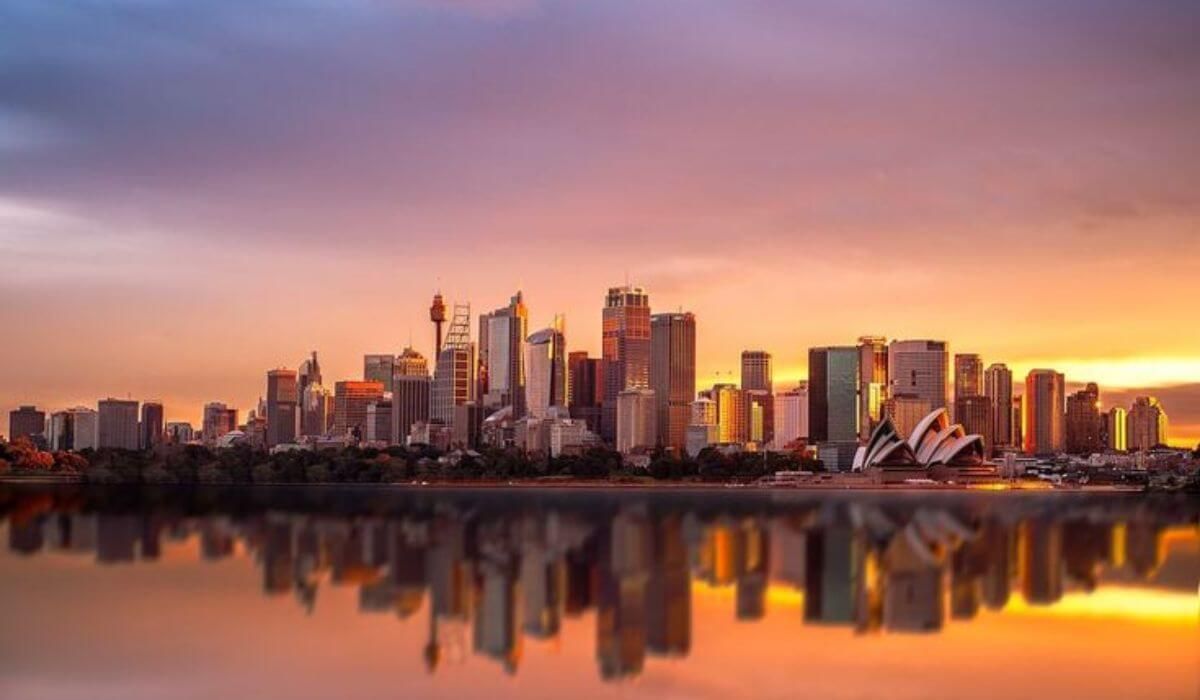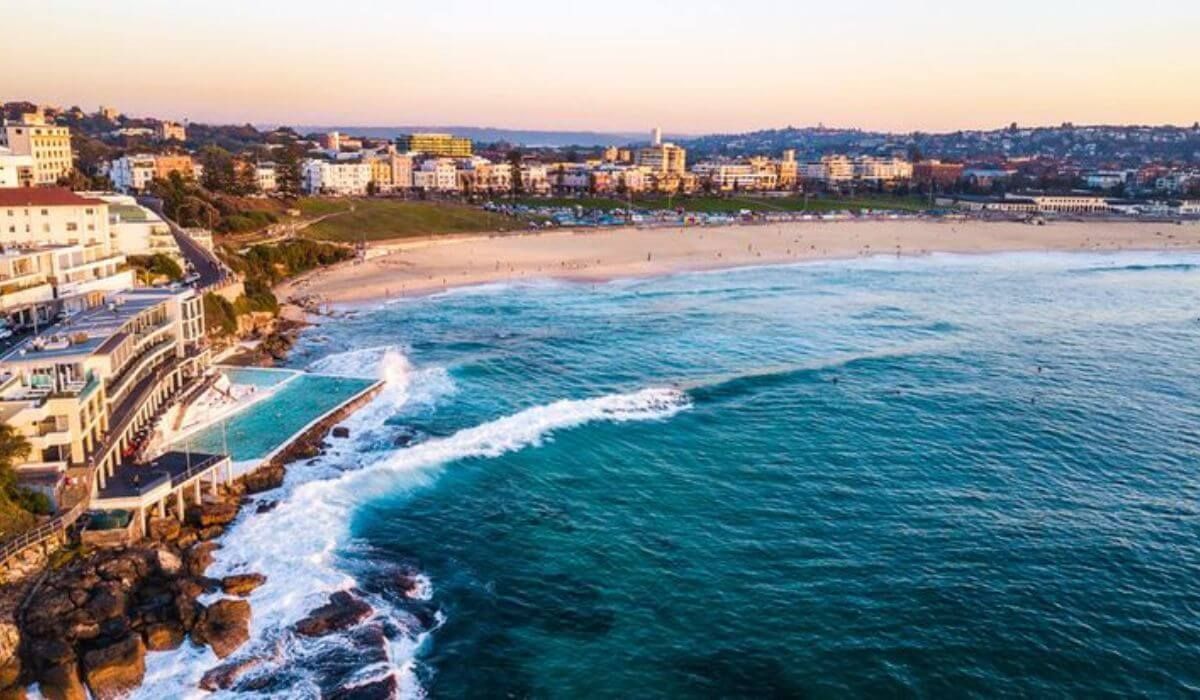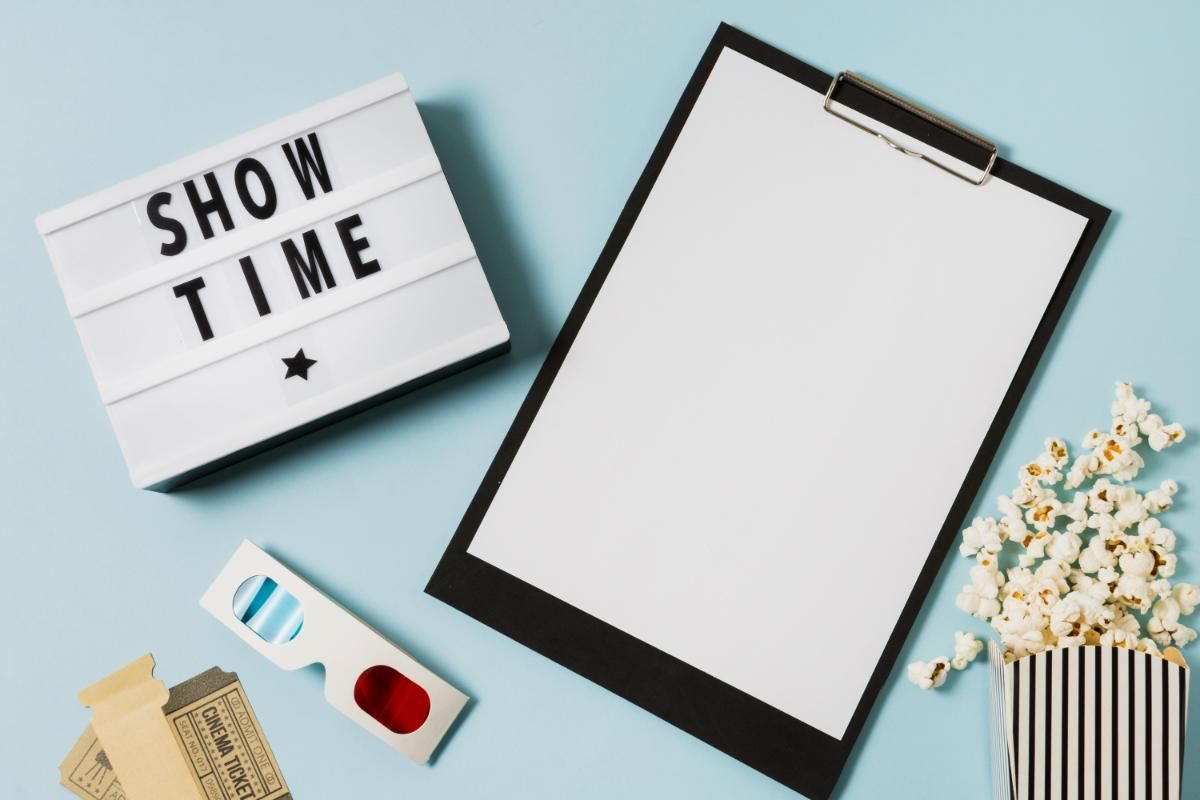Essential Photography Tips for Sydney's Iconic Landmarks
Sydney is one of the world’s most photogenic cities, with a stunning mix of natural beauty, architectural wonders, and vibrant culture. Whether you're a tourist or a local, capturing the city's iconic landmarks—like the Opera House, Harbour Bridge, and Bondi Beach—requires some know-how. In this guide, we’ll provide you with expert tips and techniques to help you take your photography to the next level. Let’s explore how to capture Sydney’s famous landmarks in their best light, so you can create photos that stand out.
Sydney Opera House: Best Angles & Techniques
The Sydney Opera House is one of the world’s most recognizable buildings. Its sleek, white sails offer unique angles and striking contrasts, but to truly capture its essence, there are a few techniques that will help your photos stand out.
Best Time to Shoot
The Opera House shines best during the golden hour, just after sunrise or before sunset. The soft, warm light highlights the curves of the building, casting beautiful shadows and reducing harsh contrasts. During the daytime, the light can be too intense, leading to overexposed shots of the white sails.
Key Angles
For a symmetrical shot, position yourself at Bennelong Point, which provides a clear, centred view of the Opera House. Another great spot is from Mrs Macquarie’s Chair, offering a broader panoramic view of the Opera House with the Harbour Bridge in the background. If you want to highlight the details of the sails, use a telephoto lens to zoom in and capture the curves up close.

Shooting at Night
The Opera House is beautifully illuminated at night, and shooting after dark adds an entirely new dimension to your photos. Use a tripod to stabilize your camera, as you'll be working with longer exposure times. A slow shutter speed will create dynamic shots, with the lights of the Opera House and reflections on the water. A polarizing filter can help reduce glare from the water, making your shots clearer and more vibrant.
Details Matter
The texture of the Opera House’s white tiles is a key feature of its design. If you're shooting up close, use a wide aperture to create a shallow depth of field that highlights the intricate patterns of the tiles. A wide-angle lens also works great for capturing the building in its entirety, emphasizing its grandeur against the sky.
Sydney Harbour Bridge: Where to Get the Best Shots
The Sydney Harbour Bridge is an engineering marvel, and it offers countless angles for a great photo. From close-ups to wide vistas, here’s how to get the best shot.
Best Time to Shoot
The Harbour Bridge is best photographed during the golden hour when the light softens and creates dramatic contrasts against the steel structure. Sunset is a particularly great time, as the setting sun casts beautiful light on the bridge and the surrounding water. If you prefer a more urban feel, try shooting at blue hour, just after the sun has set but before the city lights are fully on.
Where to Shoot
To capture the full scope of the bridge, Milsons Point is a fantastic location. You’ll be able to frame the bridge against the water and skyline, providing a sense of scale. For close-up shots, head to Luna Park for a unique perspective that emphasizes the structure’s details. You can also try shooting from the Pylon Lookout for an elevated view of the bridge and Sydney Harbour.

Long Exposure Shots
To capture the movement of people or cars crossing the bridge, try a long exposure shot. Using a tripod and a slow shutter speed will blur the motion of the traffic, leaving the bridge itself sharp and static. This technique adds dynamism to the image, creating a sense of movement.
Use a Telephoto Lens
A telephoto lens is great for compressing the bridge's arches and capturing distant shots of the structure. Zooming in will allow you to focus on the details of the steel beams and the curvature of the bridge. It also works well for getting creative shots from further away, with the bridge appearing closer and more imposing.
Darling Harbour & Barangaroo: Cityscapes & Reflections
Darling Harbour and Barangaroo are two vibrant, modern areas that offer a mix of cityscapes and waterfront views. These spots are great for capturing Sydney’s blend of natural beauty and urban sophistication.
Best Time to Shoot
Sunset is the best time for capturing Darling Harbour and Barangaroo. As the sun sets, the lights from the surrounding buildings reflect on the water, creating a beautiful ambience. For a more vibrant city feel, try shooting at night when the skyline comes alive.
Key Locations
Barangaroo Reserve offers a stunning view of the city skyline against the water. This is a great spot for capturing the contrast between the natural landscape and the city’s modern architecture. Alternatively, you can head to Pyrmont Bridge for a more dynamic shot, especially when it’s lit up at night.
Night Photography
Darling Harbour is ideal for long exposure shots at night. A tripod will help you stabilize your camera while you experiment with different exposure settings. Try capturing the reflections of the city lights on the water, or play around with light trails as people move through the area.

Bondi Beach & Coastal Walks: Capturing Sydney’s Seaside Beauty
Bondi Beach is one of Sydney’s most famous beaches, attracting surfers and sunbathers from around the world. The beach and its surroundings offer endless photo opportunities.
Golden Hour for Beach Photography
The best time to photograph Bondi Beach is during the golden hour—just after sunrise or before sunset. The light during these times is softer, and the warm tones will enhance the beach’s natural beauty. The early morning light can also provide a more peaceful atmosphere with fewer people around.
Focus on the Surf
Bondi is famous for its surf, so don't miss the chance to capture the action. A fast shutter speed is key to freezing the movement of the surfers. If you want to capture the energy of the waves, set your shutter speed to around 1/1000 second or higher. For a more artistic shot, use a slower shutter speed (around 1/250 second) to create motion blur, giving the waves a flowing, dynamic feel.

Bondi Icebergs
The Bondi Icebergs swimming pool is one of the most iconic locations in Bondi Beach. A great time to photograph it is during the early morning light when the pool’s turquoise water contrasts beautifully with the ocean waves. A wide-angle lens works well to capture the pool, beach, and ocean in one frame.
Coastal Walk
The Bondi to Coogee coastal walk offers sweeping views of Bondi Beach and the surrounding coastline. This is the perfect spot for panoramic shots. A wide-angle lens will help you capture the full beauty of the landscape, while also allowing you to include the people enjoying the walk, adding life to your photos.
General Photography Tips for Sydney Landmarks
- Golden Hour: Always aim to shoot during the golden hour. The soft, warm light not only flatters your subjects but also adds depth and richness to your photos.
- Use a Tripod: A tripod is essential for long exposure shots, particularly at night or during low light conditions.
- Wide-Angle Lens: A wide-angle lens is great for capturing grand landmarks and sweeping views of Sydney’s iconic sites.
- Telephoto Lens: A telephoto lens helps you zoom in on specific architectural details, and distant landmarks, or create compressed shots that highlight the structure.
FAQs: Photography in Sydney
What’s the best time for photography in Sydney?
The best times for photography are during the golden hour—either early in the morning or late afternoon when the light is soft and flattering.
Do I need permission to take photos at landmarks in Sydney?
Casual, personal photography typically doesn’t require permission. However, commercial shoots may require a permit.
How can I avoid crowds while shooting?
Visit landmarks early in the morning or during weekdays to avoid crowds. For places like Bondi Beach, sunrise is a peaceful time with fewer people around.
What equipment should I bring for landmark photography?
A DSLR or mirrorless camera, a tripod, and lenses ranging from wide-angle to telephoto will help you capture a variety of perspectives and shots.
Capturing Sydney’s iconic landmarks requires both technical skill and an eye for the best light and angles. Whether you’re shooting the sweeping views from Mrs Macquarie’s Chair, capturing the details of the Opera House, or photographing the bustling scenes around Darling Harbour, using the right techniques will elevate your photography. Armed with these tips, you’re ready to explore Sydney’s beauty through your lens.



